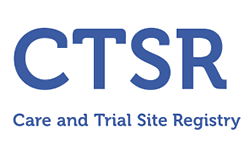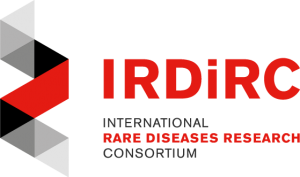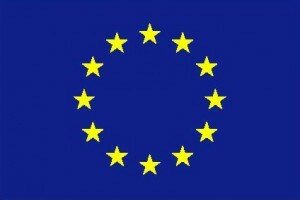Authors
Peter M. Burch, Oksana Pogoryelova, Richard Goldstein, Donald Bennett, Michela Guglieri, Volker Straub, Kate Bushby, Hanns Lochmüller and Carl Morris
Journal
Journal of Neuromuscular Diseases, volume 2, issue 3, pages 241-255
Publication date
September 2015
Abstract
Background: Identifying translatable, non-invasive biomarkers of muscular dystrophy that better reflect the disease pathology than those currently availablewould aid the development of newtherapies, the monitoring of disease progression and the response to therapy.
Objective: The goal of this study was to evaluate a panel of serum protein biomarkers with the potential to specifically detect skeletal muscle injury.
Method: Serum concentrations of skeletal troponin I (sTnI), myosin light chain 3 (Myl3), fatty acid binding protein 3 (FABP3)and muscle-type creatine kinase (CKM) proteins were measured in 74 Duchenne muscular dystrophy (DMD), 38 Becker muscular dystrophy (BMD) and 49 Limb-girdle muscular dystrophy type 2B (LGMD2B) patients and 32 healthy controls.
Results: All four proteins were significantly elevated in the serum of these three muscular dystrophy patient populations when compared to healthy controls, but, interestingly, displayed different profiles depending on the type of muscular dystrophy.
Additionally, the effects of patient age, ambulatory status, cardiac function and treatment status on the serum concentrations of the proteins were investigated. Statistical analysis revealed correlations between the serum concentrations and certain clinical endpoints including forced vital capacity in DMD patients and the time to walk ten meters in LGMD2B patients. Serum concentrations of these proteins were also elevated in two preclinical models of muscular dystrophy, the mdx mouse and the golden-retriever muscular dystrophy dog.
Conclusions: These proteins, therefore, are potential muscular dystrophy biomarkers for monitoring disease progression and therapeutic response in both preclinical and clinical studies.
DOI link
10.3233/JND-140066



